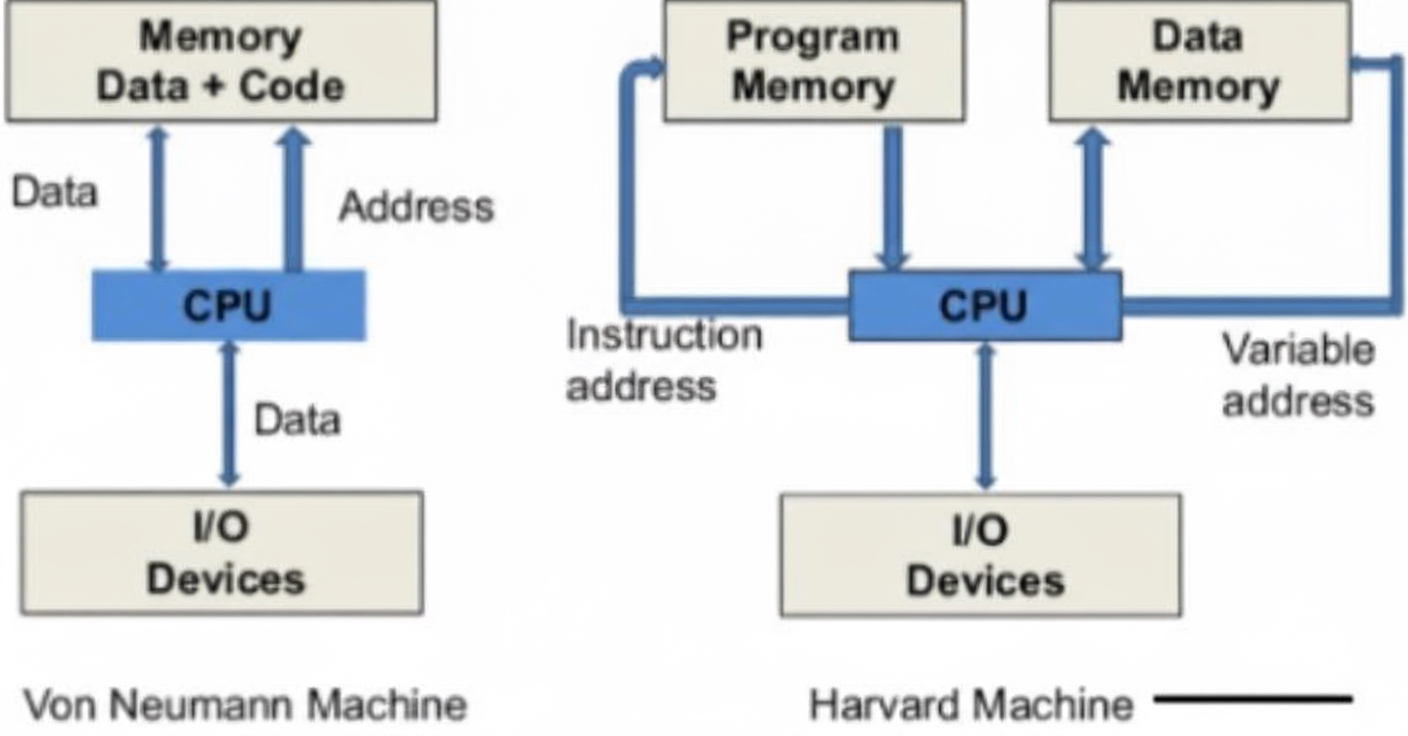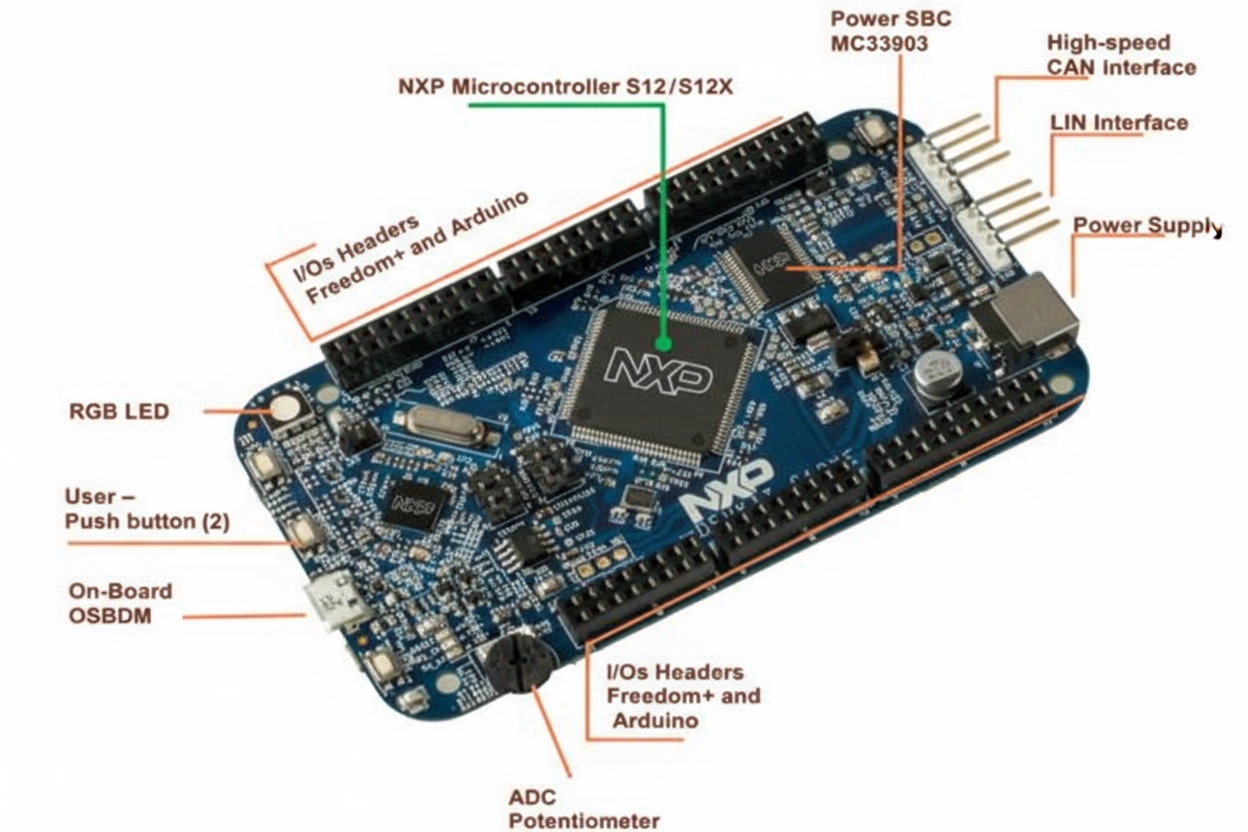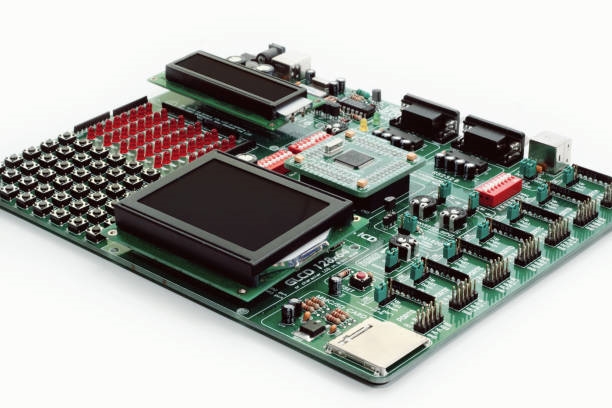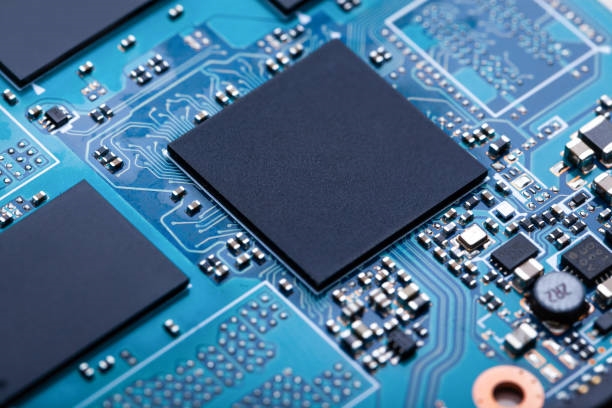Overview
MCU (Microcontroller Unit), also called a microcontroller, is an integrated, chip-level computer that combines a CPU, memory (ROM and RAM), data converters (A/D and D/A), input/output interfaces (I/O), timers, and other functional modules. MCUs reduce CPU specifications and clock frequency to meet the space, power, and real-time requirements of many control devices, and are widely used in automotive electronics, consumer electronics, industrial control, and other embedded system applications.
Signal Flow and Peripherals
MCUs typically provide various I/O interfaces to connect with sensors. Physical quantities such as temperature, light, pressure, and voltage are converted by sensors into electrical signals. After amplification, analog signals are discretized into digital binary signals by analog-to-digital converters (ADC) and passed to the MCU for algorithmic processing and logical decisions. The MCU generates control signals that may be converted back to analog by digital-to-analog converters (DAC) and amplified by power drivers to drive actuators.
Classification by Application
By application, MCUs are divided into general-purpose and application-specific types. In 2020, general-purpose MCUs accounted for about 73 percent of the market; they do not target specific applications and expose resources such as ROM, RAM, and I/O for user development. Application-specific MCUs, which made up about 24 percent of the market, are optimized for particular uses and often integrate dedicated hardware blocks to achieve real-time performance and low power consumption for those functions.

Memory Architecture
MCUs can be based on Harvard or von Neumann architectures. Most MCUs use the Harvard architecture. ARM Cortex-M is a typical example, and in 2020 MCUs based on that architecture accounted for 52 percent of global MCU shipments. Von Neumann architecture combines program and data memory, while Harvard architecture stores instructions and data in separate memories.
Bus Width
MCUs are commonly classified by bus width into 8-bit, 16-bit, and 32-bit families. Higher bus widths generally provide greater performance but also increase power consumption and development complexity.

Instruction Set Architecture
Instruction set architectures are mainly divided into complex instruction set computing (CISC) and reduced instruction set computing (RISC). CISC, represented by x86, has a large and complex instruction set suited to complex operations. RISC architectures, represented by ARM, RISC-V, PowerPC, and MIPS, use simpler instruction sets and are the mainstream choice for MCU development, accounting for about 76 percent of the market.

 ALLPCB
ALLPCB







